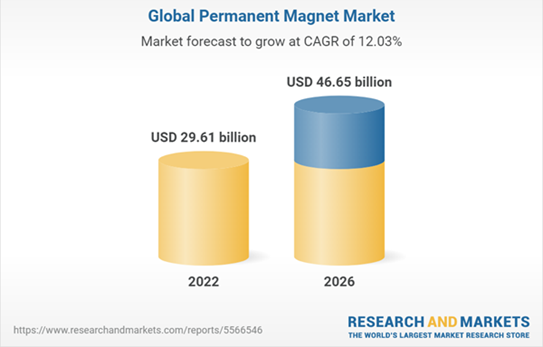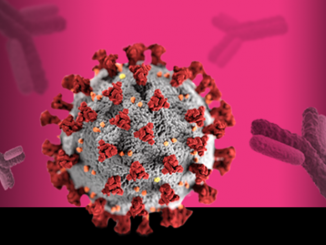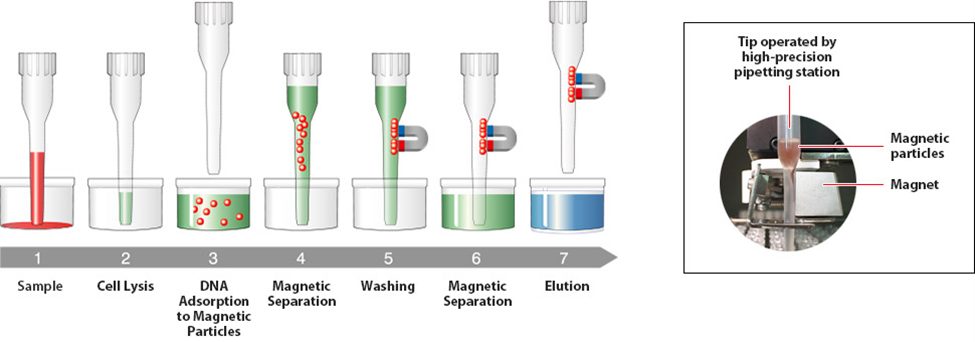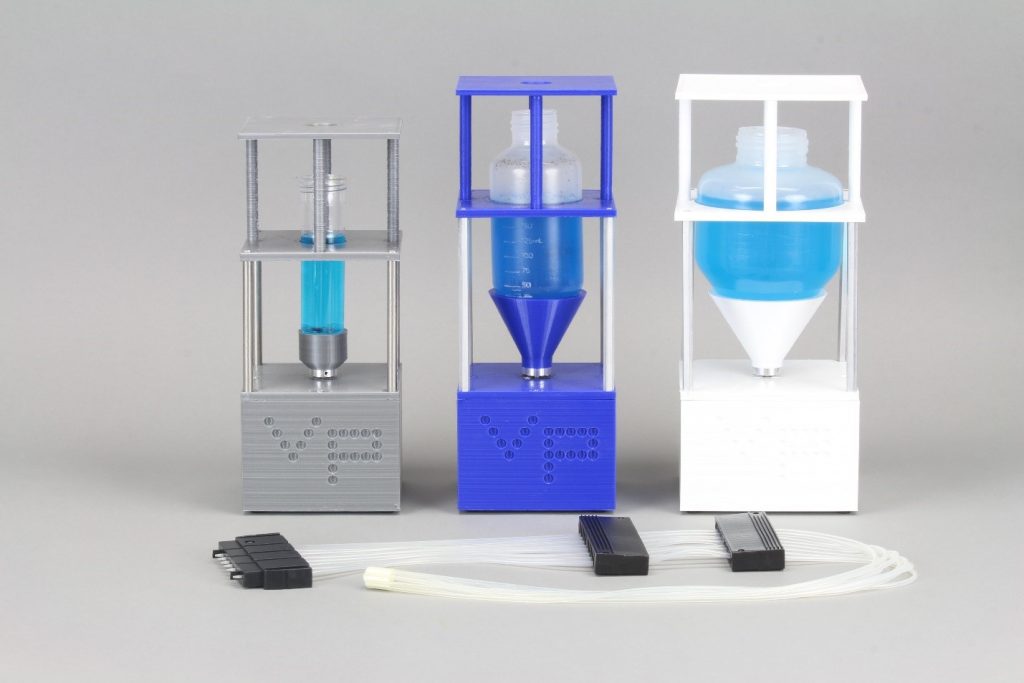
V&P Scientific, Inc., an innovative developer of liquid handling systems for laboratories and scientific researchers, has recently added several new products to its portfolio of devices for suspending and separating magnetic beads used in life science applications including sophisticated genetic and pharmaceutical research.
The company provides a full line of such products for use with magnetic particles in microplates, vials, tubes, bottles and large containers. Recent additions include the new SpinWash device that combines magnetic bead separation and re-suspension in one system. The new SpinVessel is a patent-pending magnetic stirrer that does not need a stir bar and can keep small and large volumes of magnetic beads in uniform suspension for aliquoting into microplates or tubes. Both devices are operated by a controller capable of multiple spin modes providing flexibility for many types of applications.

“The SpinVessel(top image) represents a new technology for uniform suspensions of magnetic beads and other particulates,” explains John Chavez, Chief Operating Officer of the San Diego-based company. “The typical way to suspend and wash magnetic beads is to use magnetic stir bars, orbital shakers, or pipetting in-and-out. Our new system keeps uniform suspensions without the need for these accessories and time-consuming methods. By not using a stir bar in the sample, the user can eliminate the risk of contamination, carry-over, bead attraction to the magnetic stir bar, material compatibility, all while reducing costs.”
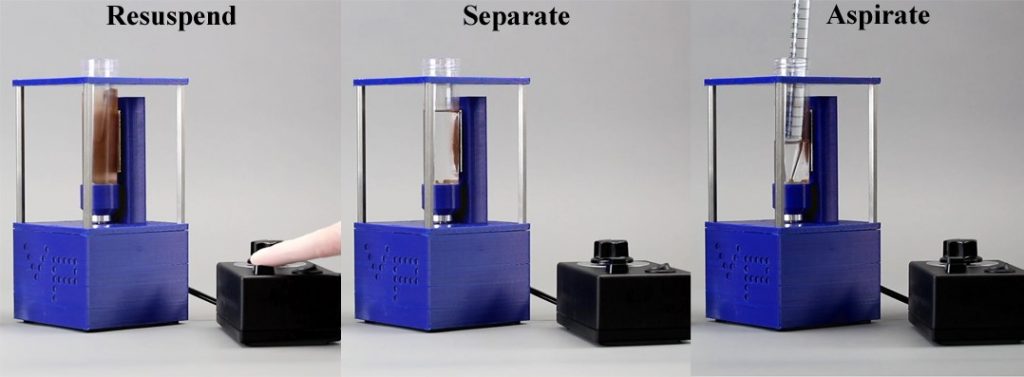
The SpinWash device combines the tasks of magnetic bead separation and resuspension without having to move the tube to a vortexer, nor use a pipette to resuspend magnetic beads. By using a powerful neodymium magnet, the device can separate magnetic beads quickly and efficiently without any bead loss.
“We use the strongest permanent magnets available to ensure the fastest separation time possible with the least amount of bead loss,” notes Chavez. Typically, this means using neodymium iron boron magnets ranging from 48 to 52 MGO for its magnetic bead separation devices. “We pay careful attention to the design of the magnetic bead separation device in order to reduce collection times and bead loss during supernatant removal.”
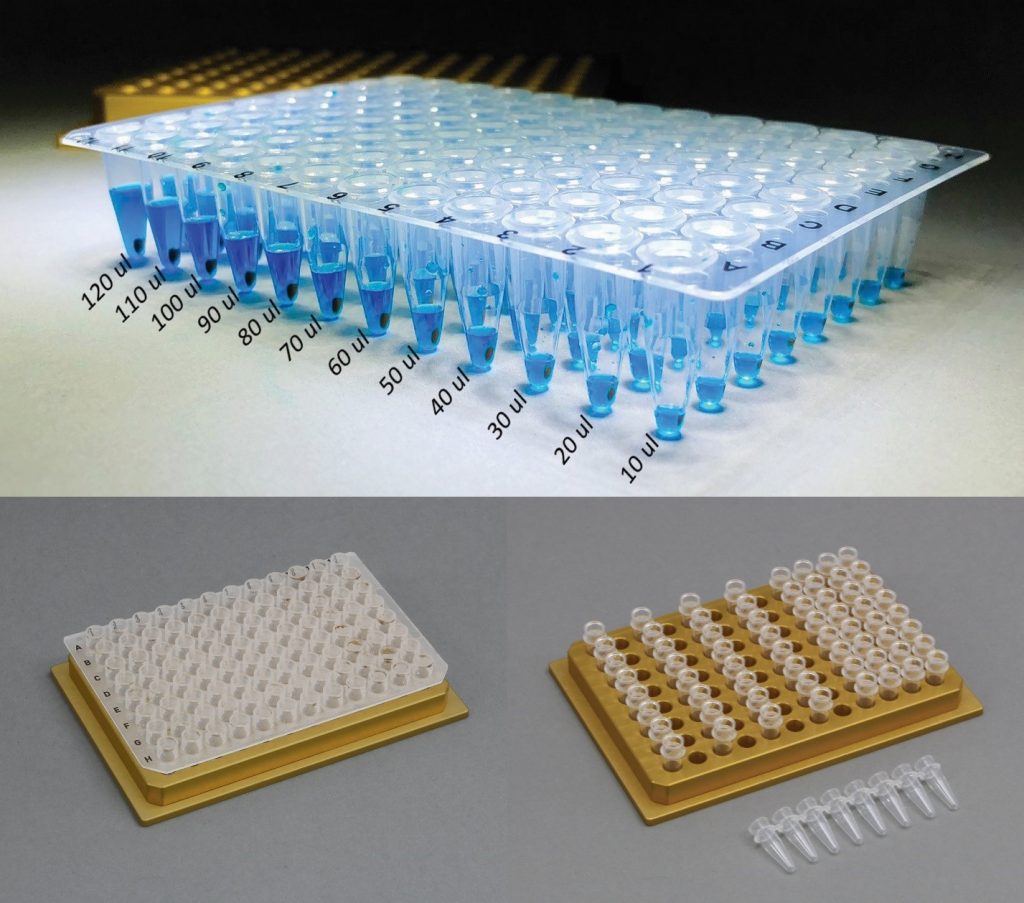
The company’s separation blocks also demonstrate its careful application of magnetic technology. Magnetic strength and bead-pellet location are the keys to their performance, says Chavez. The strength of the magnet provides fast separation times while their precise location is designed to optimize bead retention and operator convenience. While the company has an extensive line of standard magnetic bead separation devices, it also develops custom devices for other applications.
For more info, see www.vp-sci.com.

